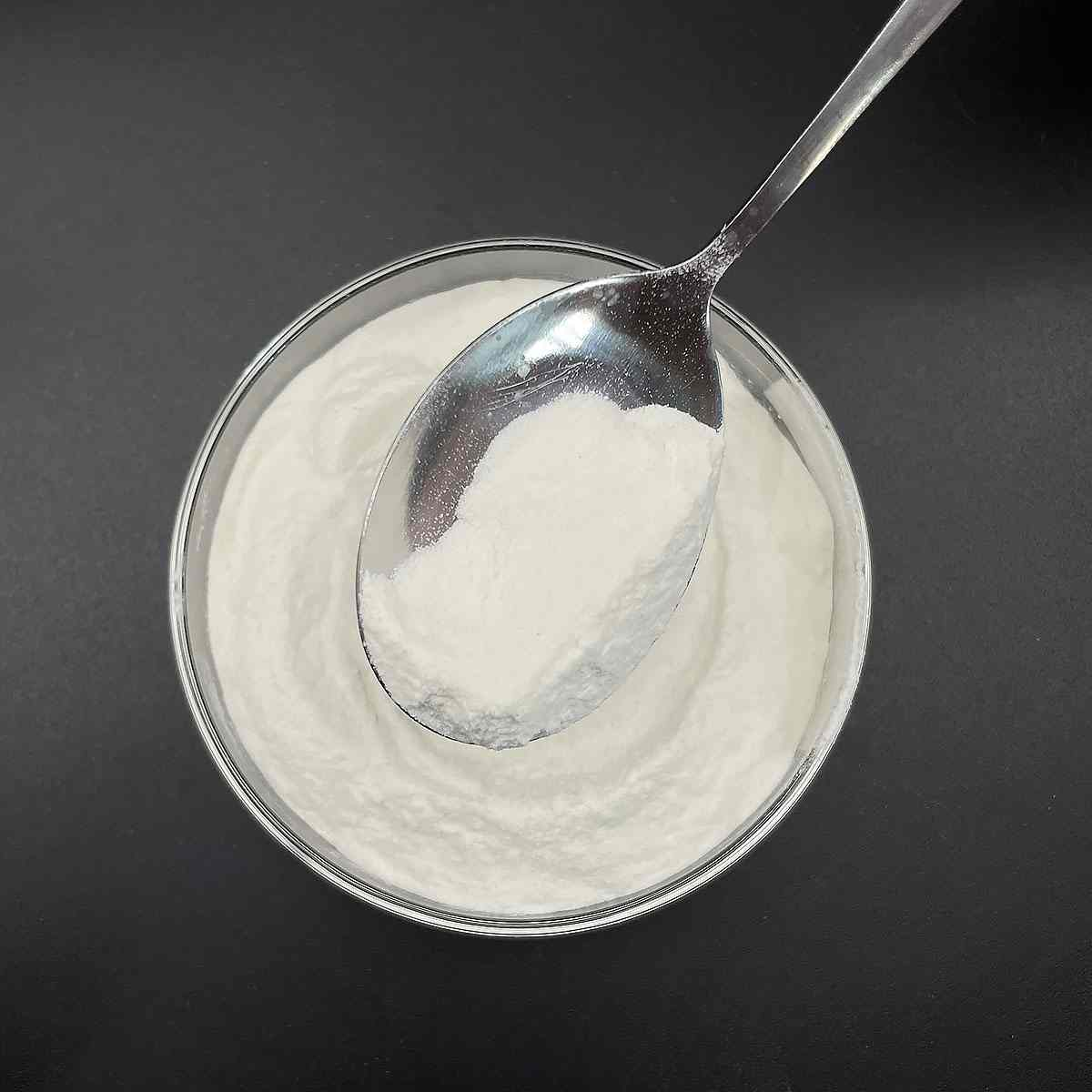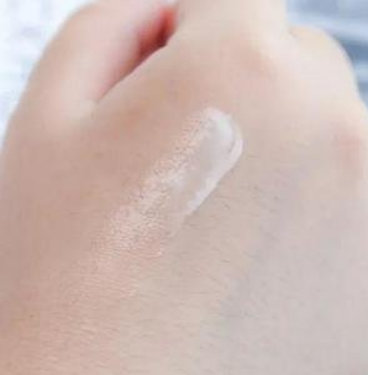1. Introduction
Just 24 hours ago, TikTok beauty influencers erupted in panic over a viral video claiming ‘SLS is literally stripping your scalp like industrial degreaser!’ Meanwhile, dermatologists rolled their eyes so hard they needed chiropractors. Welcome to the wild world of surfactants—where chemistry meets consumer confusion, and ‘sodium lauryl sulfate’ sounds like a villain from a sci-fi thriller.

Let’s get one thing straight: surfactants aren’t evil. In fact, the meaning of surfactant is simply ‘surface-active agent’—molecules that reduce surface tension, helping water mix with oil. Without them, your toothpaste would taste like chalk, your shampoo wouldn’t lather, and your weed killer wouldn’t stick to dandelions. But not all surfactants are created equal. Today, we’re dissecting sodium lauryl sulfate (also known as sodium dodecyl sulfate, sls sodium lauryl sulfate, or na lauryl sulfate) and pitting it against its cousins in a no-holds-barred surfactant showdown.
2. Sodium Lauryl Sulfate vs. Sodium Laureth Sulfate: The Classic Rivalry
First up: the OG foamer—sodium lauryl sulfate (SLS). This anionic surfactant is cheap, effective, and notorious for its cleansing power. It’s found in everything from garage-floor cleaners to budget shampoos. But here’s the catch: SLS can be harsh. It strips natural oils aggressively, which is great for degreasing engines but less ideal for sensitive skin.
Enter its milder sibling: sodium laureth sulfate (SLES), also called sodium lauryl ether sulfate or sodium lauryl ether sulphate. Despite the confusingly similar names (and frequent mislabeling as ‘sls sodium laureth sulfate’), SLES is ethoxylated—meaning it’s been treated with ethylene oxide to add ethoxylated alcohol chains. This makes it less irritating while still producing luxurious lather. Yes, that creamy foam in your salon shampoo? Likely SLES, not SLS.
- SLS: Strong, inexpensive, high-foaming, potentially irritating.
- SLES: Gentler, more stable in hard water, slightly more expensive, may contain trace 1,4-dioxane (a byproduct of ethoxylation, though regulated to safe levels).

3. Beyond Sulfates: The Rise of Alternative Surfactants
As consumers flee sulfates like vampires from garlic, formulators have turned to gentler options. Let’s meet the contenders:
Alkyl polyglucosides (like decyl glucoside and coco glucoside) are non ionic surfactant heroes derived from coconut and glucose. They’re biodegradable, ultra-mild, and perfect for baby washes. Then there’s sodium cocoyl isethionate and sodium lauroyl methyl isethionate—coconut-derived surfactants that feel silky and are staples in ‘syndet’ bars (those fancy pH-balanced cleansing bars).
Don’t forget the amphoteric squad: cocamidopropyl betaine (also labeled as coco betaine, amidopropyl betaine, or cocamido). These work beautifully with anionic surfactants to boost foam and reduce irritation. Pair SLS with cocamidopropyl betaine, and suddenly your cleanser feels less like sandpaper.
And for the eco-warriors: bio surfactants like rhamnolipids or sophorolipids are gaining traction, though cost remains a barrier. Meanwhile, sodium lauroyl sarcosinate and sodium cocoyl glutamate offer amino-acid-based cleansing with minimal sting.

4. Surfactants Beyond Beauty: From Herbicides to Hospitals
Surfactants aren’t just for your shower—they’re critical in agriculture too. Need a surfactant for herbicides or a wetting agent for grass? Look no further than methylated seed oil or nonionic surfactant blends like polysorbate 80 (also known as Tween 80) or Span80. These help glyphosate penetrate waxy weed leaves. Lawn care pros often use lignin sulfonate or ethoxylated alcohols as lawn wetting agents.
In labs and pharma, cationic surfactants like cetyl trimethyl ammonium bromide (CTAB, or cetyltrimethylammonium bromide) are used for DNA extraction—but don’t try this at home. Meanwhile, pulmonary surfactants like Survanta (containing phospholipids, not SLS!) keep premature babies breathing. Fun fact: copper 1 bromide has zero role here—despite what that dubious Reddit thread claims.
5. The Great Sulfate Confusion: Labels, Lies, and Marketing
Here’s where things get messy. Brands slap ‘SLS-free’ on bottles while quietly using ammonium lauryl sulfate (ALS)—which is chemically almost identical to SLS (both are anionic surfactants; ALS is just the ammonium salt version). Similarly, ‘sulfate-free’ shampoos might still contain sodium coco sulfate (aka coco sodium sulfate), which is technically a sulfate but milder due to its mixed-chain fatty acids.
And let’s address the elephant in the room: fluoro surfactants and exotic molecules like Pluronic 127 (poloxamer 188) are niche players—used in drug delivery, not your daily face wash. Rohit Surfactants Private Limited? They’re a real Indian manufacturer, but unless you’re sourcing bulk chemicals, you won’t see their name on your conditioner.
6. Conclusion
Sodium lauryl sulfate isn’t the demon it’s made out to be—but it’s not for everyone. If you’ve got resilient skin and love a squeaky-clean feel, SLS might be fine. But if your face flares up like a warning beacon, opt for formulations with alkyl polyglucosides, sarcosinates, or betaines. And remember: ‘sulfate-free’ doesn’t always mean gentler, and ‘natural’ doesn’t guarantee safety. Read labels, know your surfactants, and stop blaming SLS for your bad hair day—it’s probably the humidity.
Our Website founded on October 17, 2012, is a high-tech enterprise committed to the research and development, production, processing, sales and technical services of ceramic relative materials such as Stop. Our products includes but not limited to Boron Carbide Ceramic Products, Boron Nitride Ceramic Products, Silicon Carbide Ceramic Products, Silicon Nitride Ceramic Products, Zirconium Dioxide Ceramic Products, etc. If you are interested, please feel free to contact us.


